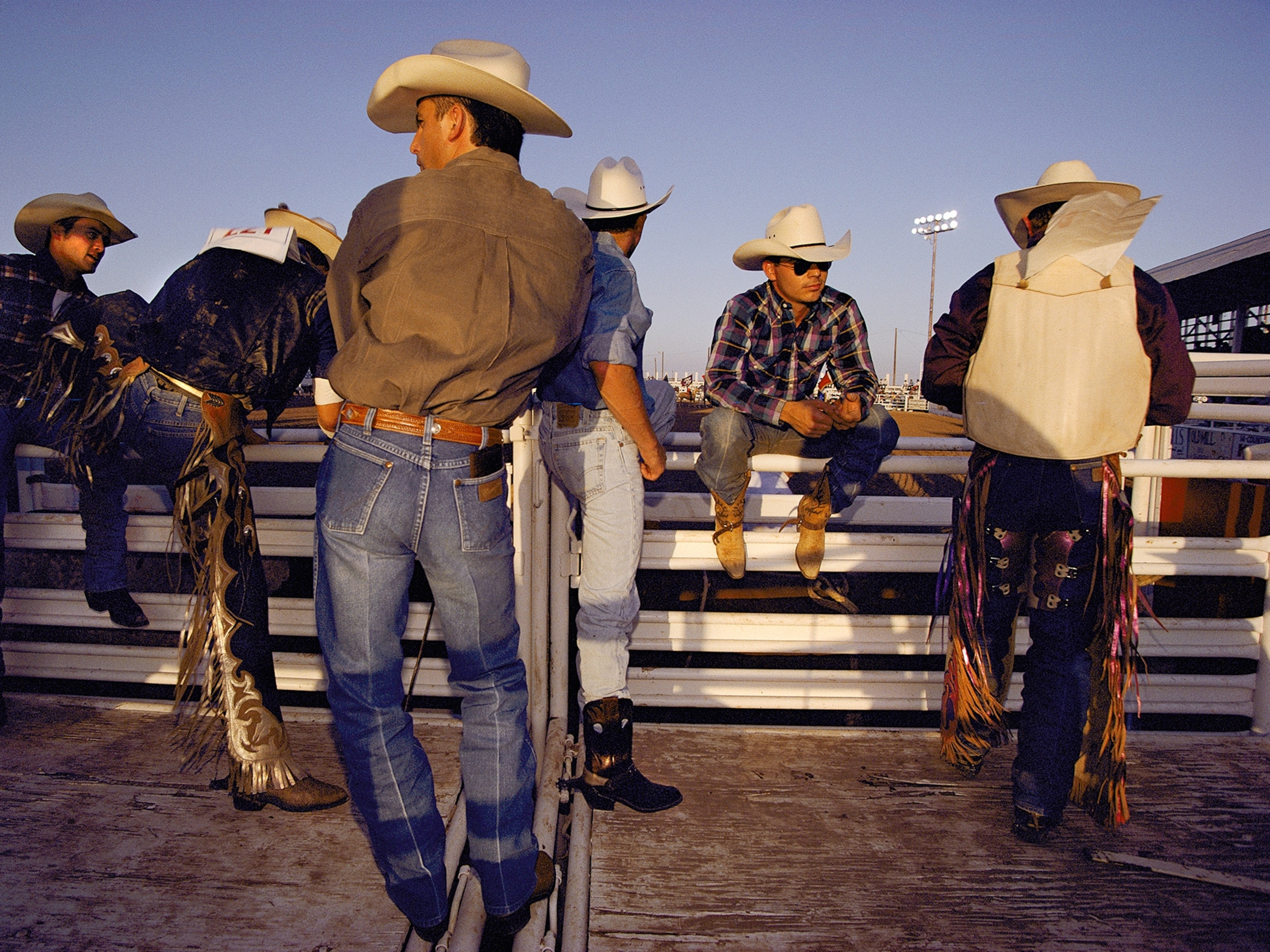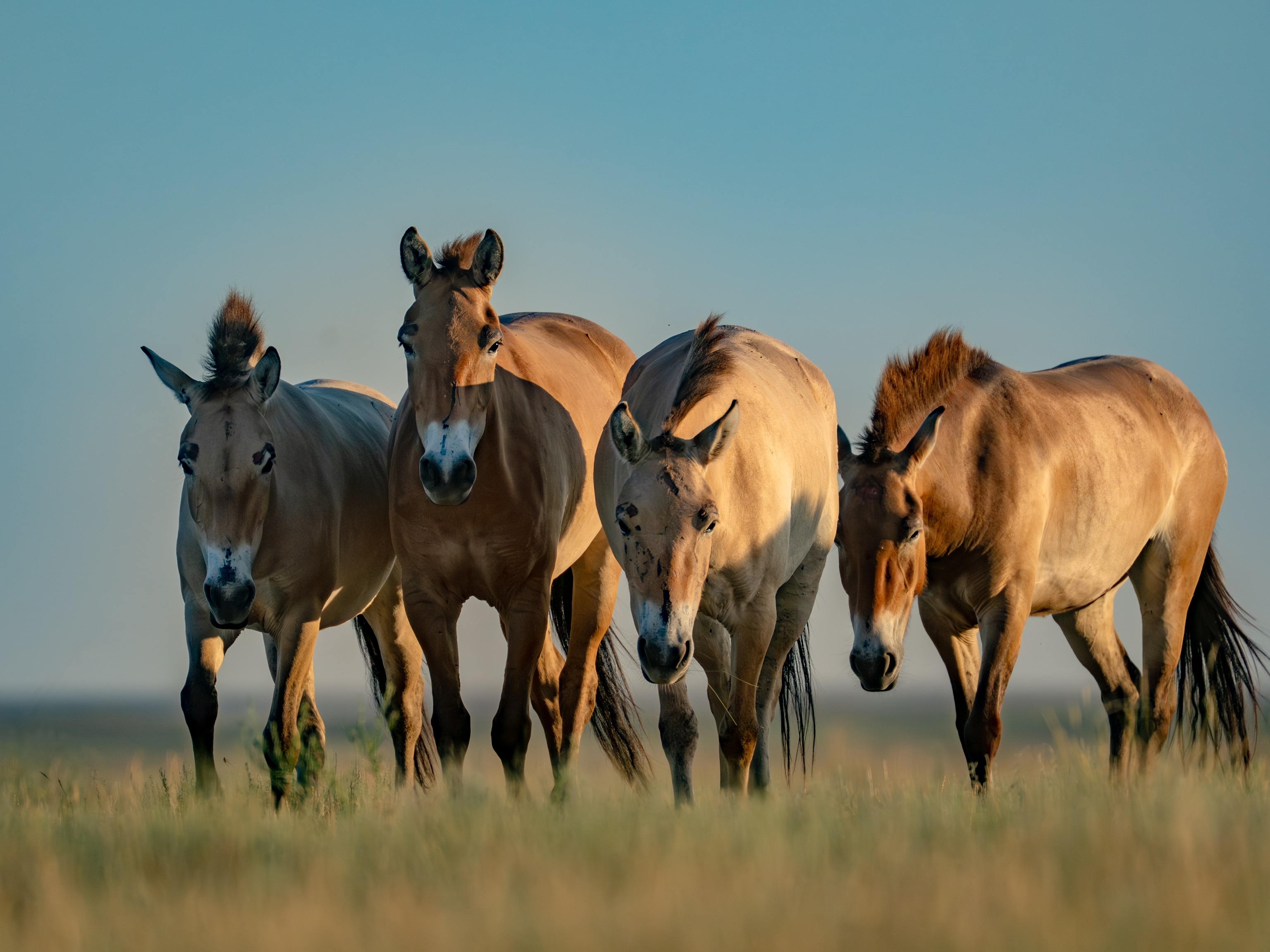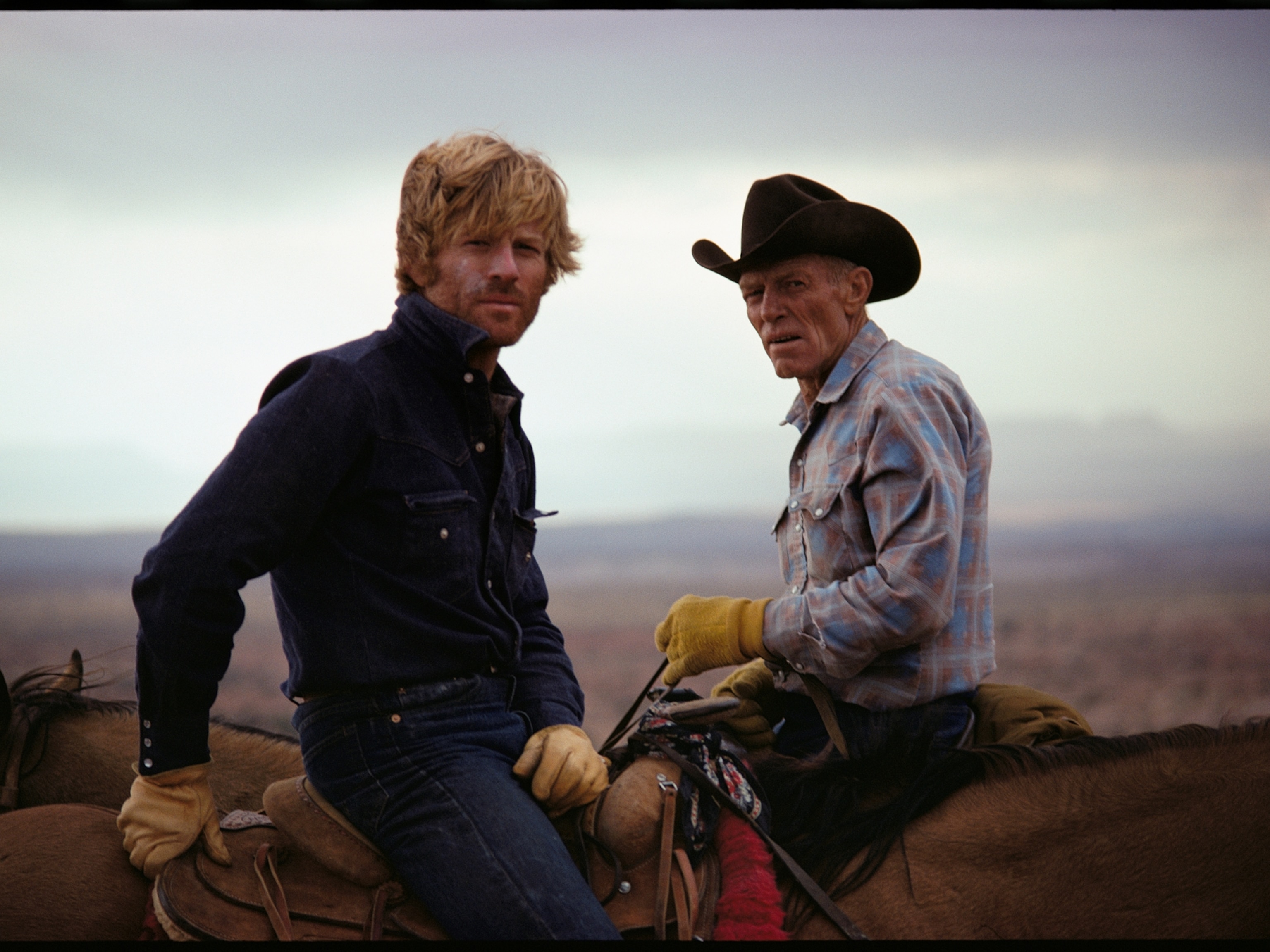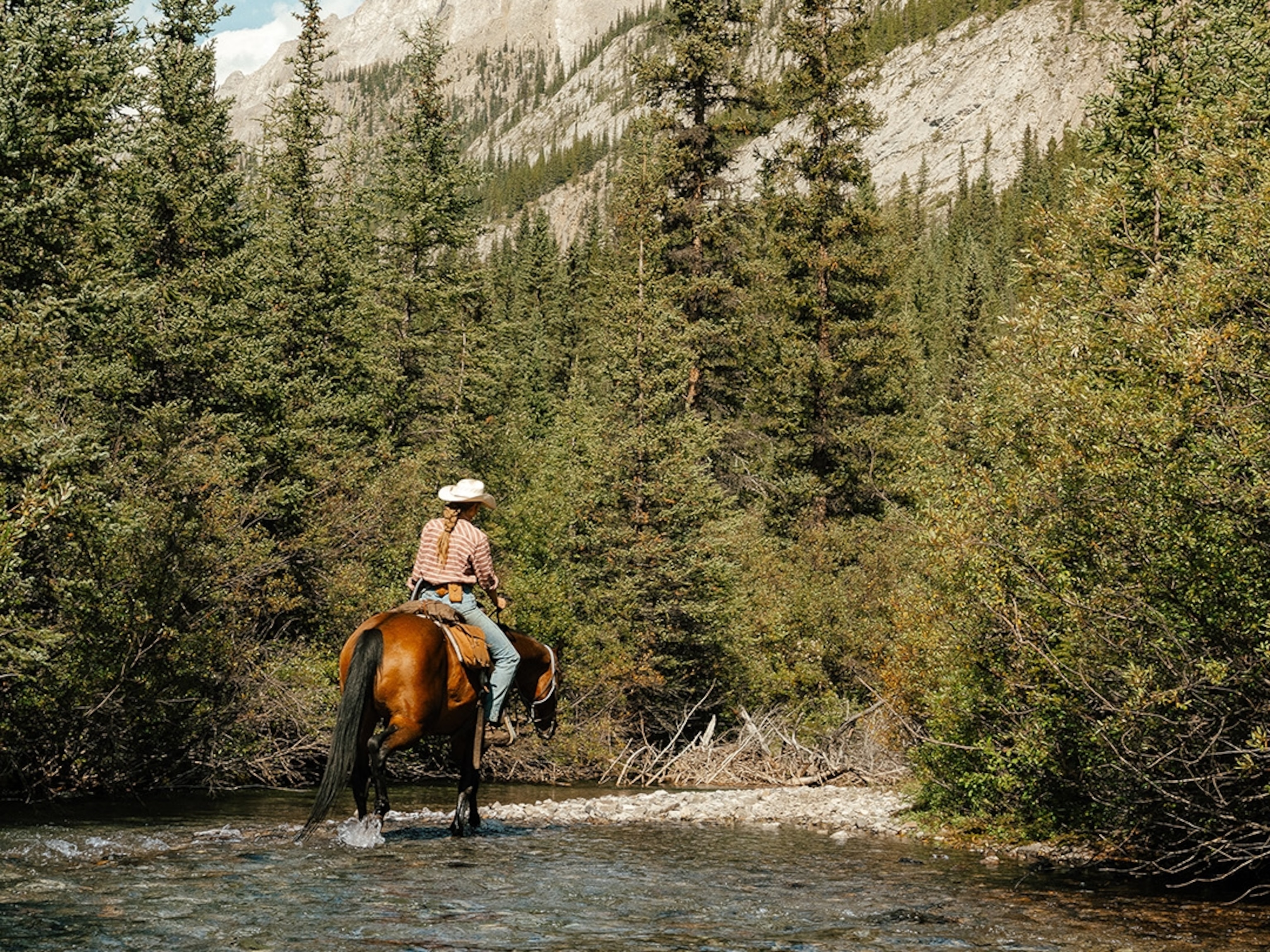Inside the Famous Chincoteague Pony Swim
The annual event is an effort to control the area's feral pony population.
The muscular, chocolate-colored pony with a white blaze and a long, blonde mane gives a side-eye to the other stallions. He arches his neck and paws the dirt in the corral. He’s not used to being so close to other males. As they let out soft whinnies, he snorts and moves his ears forward, pushing for more space.
“There’s Riptide,” an elderly woman pointed out. “He’s the favorite stallion now.”
Riptide is one of the most recognizable horses in the 91st annual Chincoteague Pony Swim, in which all the wild horses—about 200 of them—on the Virginia side of Assateague Island were rounded up and herded through a channel, then put up for auction. The sale is a way of controlling the island’s wild pony population, which was made famous by Marguerite Henry’s 1947 novel Misty of Chincoteague. The proceeds benefit the Chincoteague Volunteer Fire Company, an organization that maintains and monitors the ponies.
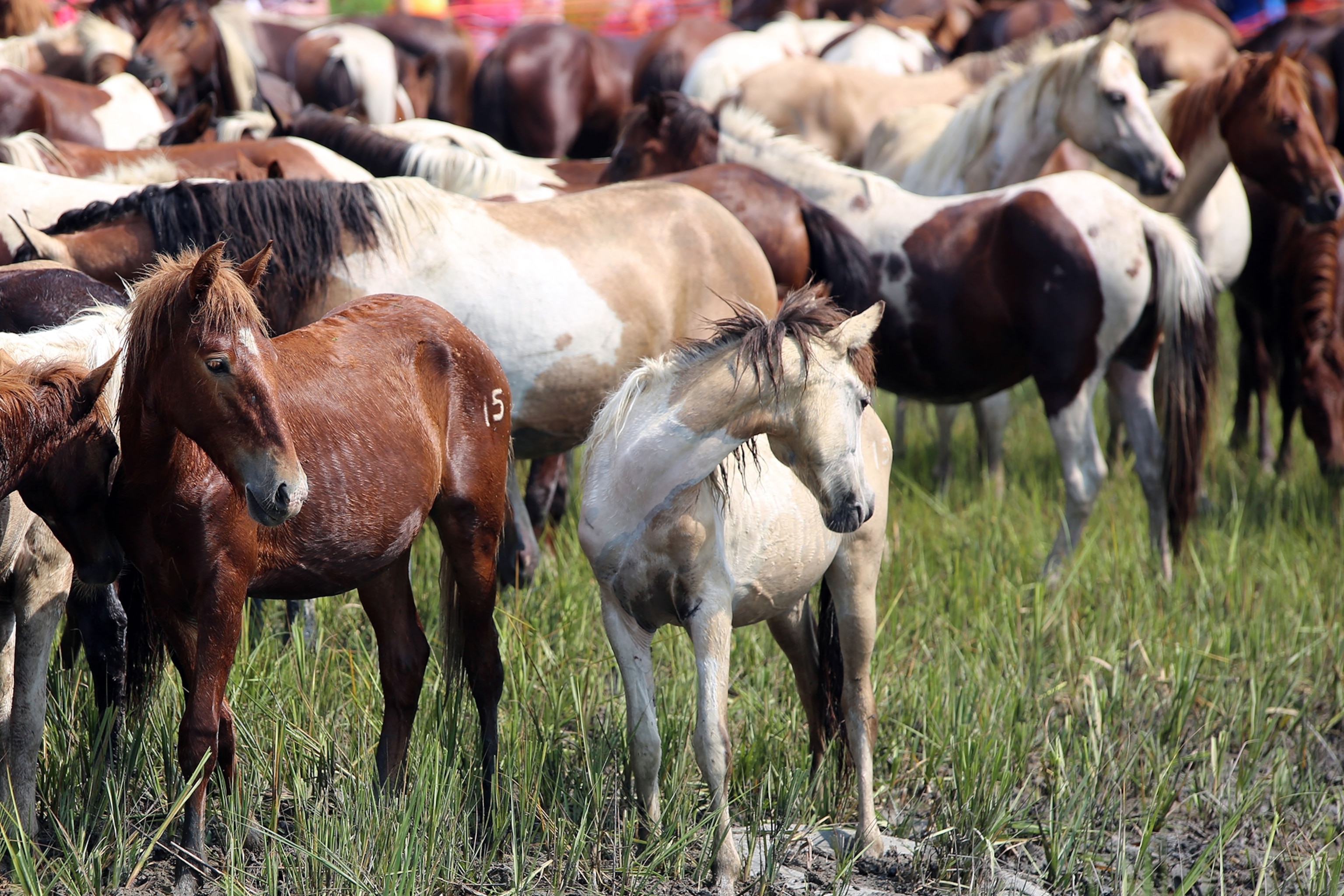
“We pretty much manage the welfare of the whole herd,” said Alex Tucker, one of the “saltwater cowboys” at the fire company. That means the company stops population growth with the annual auction, brings in a vet when a horse looks ill or injured, and sometimes provides hay in harsh winters. Otherwise, fire chief Bobby Lappin says “we limit our interaction with them.” The people managing the horses don't want them to become too dependent on human care, “so that they can survive on the beach as wild, Chincoteague ponies.”
Hours before the swim on July 27, locals and tourists lined the beach by the tens of thousands. Cowboys rounded the herds to the water with whip cracks and cries of “hey, hey.” The horses whinnied and waded in, eventually getting deep enough that onlookers could only see the brown, black, white, and palomino heads of swimming horses.
The first foal to reach the land was crowned “King Neptune” and given to the winner of a raffle. Others waded to shore and started munching on marsh grass. Pony groupies fawned over their favorites, and some reached over a temporary plastic fence to pet the horses.
Managing wild, feral, or free-roaming horses is controversial no matter how it’s done, and the Chincoteague roundup has its critics. Some animal-welfare advocates are concerned that the process of rounding up horses is stressful to them, that they aren't used to swimming, or that the foals wouldn't be able to make the crossing. There is also an issue with fans who aren’t prepared for owning such a pet making impulse buys—the ponies are very cute, and the fire company accepts cash and credit.
However, every horse is checked by a veterinarian before the swim and the fire company takes care to protect the animals. Volunteers truck the very young horses and their mothers across a bridge to the auction site so they don’t have to swim the channel. The same goes for any horse that is too old, sick, or pregnant. Furthermore, the swim only lasts for about five minutes, and part of the channel is shallow enough for the horses to walk on the bottom of the marsh. The animals get to rest before and after the journey, and there's a Chincoteague Pony Rescue for any horses that buyers can't take care of.
The National Park Service has another strategy for population control. It manages a herd of horses on the Maryland side of Assateague Island using darts that contain hormonal birth control. Some population control advocates have suggested surgically spaying and neutering wild horses—but that’s expensive, somewhat dangerous for the horses, and it alters the animals' behavior.
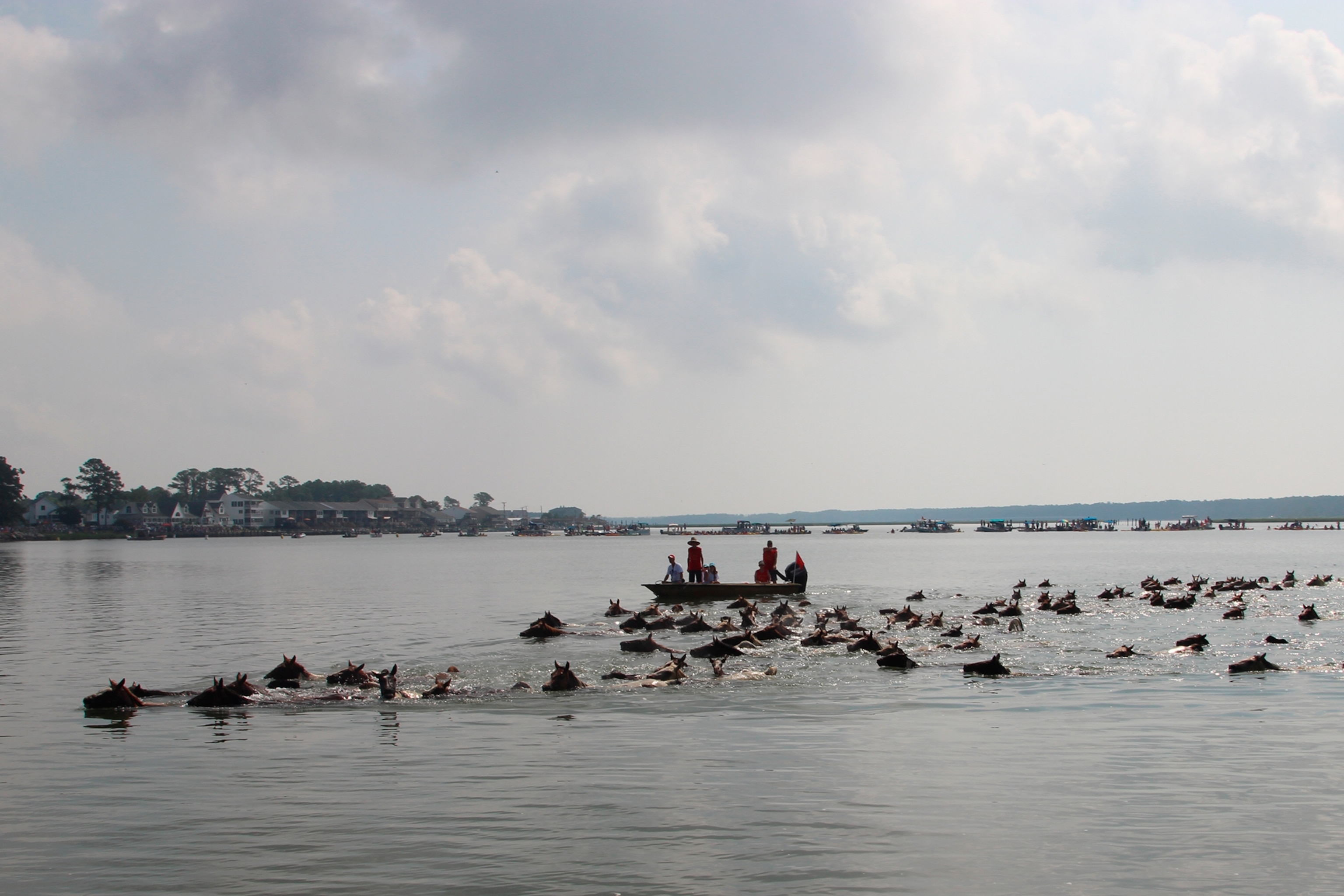
The concept of selling wild horses to control their numbers isn’t limited to the island. The Bureau of Land Management (BLM) rounds up mustangs in the midwest each year and sells them, ideally to riders and rescue operations. However, BLM came under fire for selling 1,794 mustangs between 2009 and 2012 to a buyer who shipped them to Mexico to be slaughtered for horsemeat. (Read "U.S. Wild Horses: Too May Survivors on Too Little Land?")
Feral horses enjoy more concern and protection than the average non-endangered wild animal in the United States. When deer are considered overpopulated in an area, a typical way to manage that population is to issue more hunting permits.
At the Pony Swim, about a quarter of the participants were sold. Riptide and the rest of the adults, along with seven foals, were herded back across the channel. They will run free on Assateague until next July, when they're again rounded up for another swim.
Follow Kristin Hugo on Tumblr.

